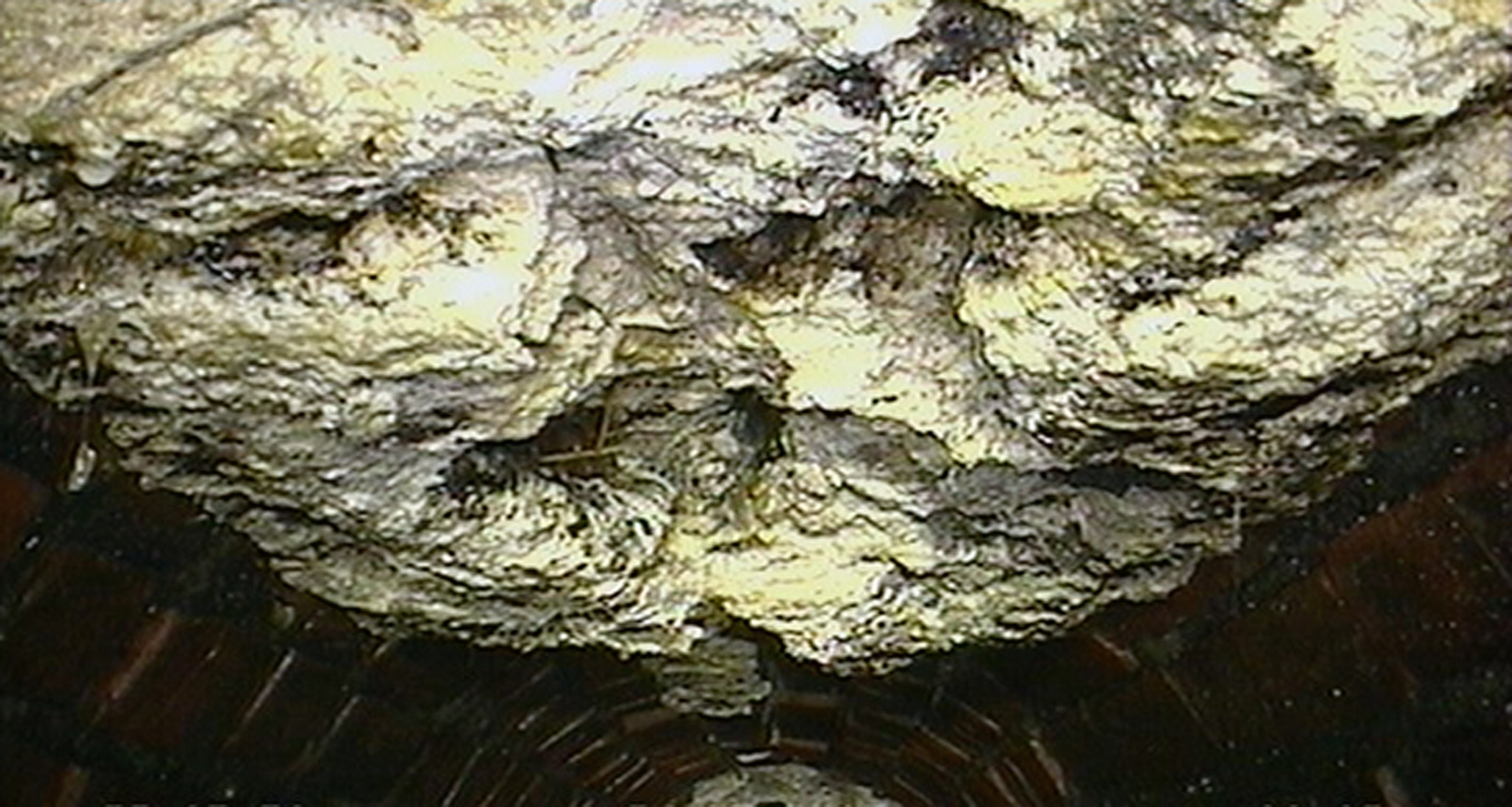
Giant Fatberg Found Under London Has Surprising Use
Smelly grease that piles up in sewers can be useful.
The name alone was enough to make us want to see for ourselves. Fatbergs, the giant collections of grease, oil, and fat that clog the sewer system under London's streets, were getting out of hand, the result of decades of people washing things down their drains that they're not supposed to. It all ends up in the tunnels, along with the other usual things that run through raw sewage tunnels.
When I toured London's sewers earlier this year with National Geographic video producer Spencer Millsap, what we found was a potent cocktail of smells. Fungus everywhere. The humidity made our cameras' lenses instantly fogged up. Running around our feet was a shallow river colored an earthy, brown hue (exactly what you think).
But the fatbergs were the main attraction, the bobbing piles of gunk that simply refused to be washed downstream and were slowly stopping up the sewer system. (See "Pictures: Walls of Fat Clog London Sewers.")
The smells instantly rushed back this week when London's water authority announced that it had discovered the biggest fatberg yet, a 15-ton mound about the size of a school bus. Thames Water, the public utility that manages the sewers, gave it the historic and oddly momentous title of being "the biggest berg in British history."
Unimpressed were dozens of nearby residents, who complained to the sewer authority that they couldn't flush their toilets—the fat had reduced a pipe nearly two feet (0.6 meter) in diameter to only five percent of its normal capacity. When sewer workers—well-paid ones, as all sewer workers are in London—went to investigate, they found the blockage.
The process of removing the fat, they later realized, would take more than a month.
London Sewers from National Geographic Magazine on Vimeo.
"Clean" Energy?
Despite the disgust, as well as the inconvenience, there's actually some good news about fatbergs. Made of dense fats and oils, the structures are highly caloric, which makes them helpful for producing energy.
Rob Smith, a man with the enviable title of being London's "chief flusher," told us that simply removing the fat and burning it in a turbine can produce more than 130 gigawatt-hours of energy each year, or about enough to power 40,000 London homes. The city plans to put the 15-ton berg to the same use.
While they're still around, fatbergs have a strange pull on the city's tourists. The day we took our cameras down under, a couple on the street asked how they could arrange a tour as well. Paris actually offers a tour of its centuries-old sewers, as does Sydney, which raises the question of when an enterprising entrepreneur will market a tour of the world's dirtiest sewers (walk where Napoleon once relieved himself!).
London's bigger concern is how to stop fatbergs from forming in the first place. Earlier this year, Thames Water started a campaign using the phrase "bin it, don't block it" to remind people to capture their fat and grease and avoid washing it down the drain. Restaurants are the biggest producers of grease, and some have now set up fat traps under their sinks to catch congealed substances before they enter the sewers.
Yet having seen a berg up close makes me wonder if simply making people confront what their grease and fat are actually doing in the sewers might change their behavior. And not just seeing it, but smelling it too.
"You never forget your first time in the sewers," one of the junior sewer sweeps told me. He was right. After fully sensing exactly what happens under our feet to keep our streets clean, we were ready to return to street level.
"You'll never be so grateful for fresh air," the same guy told us. He was right. The normal smell of the street above, like perfume in the spring.





